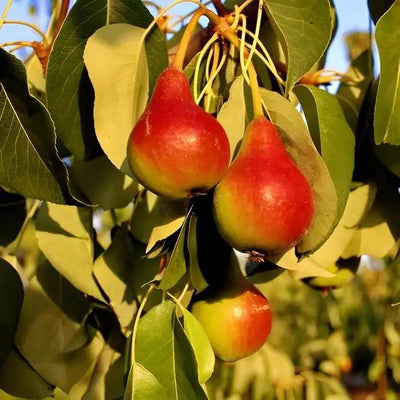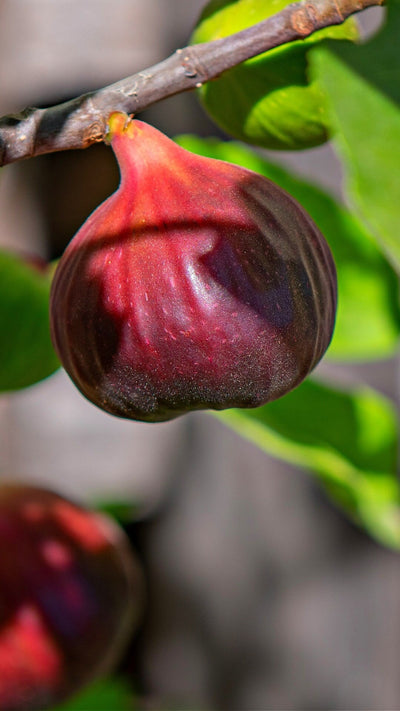People love growing plants in containers because they take up little room and look great on patios, balconies, and porches. A lot of gardeners like being able to move pots around to get better sunlight and yearly changes. But while this is a good way to start growing plants, if you make a few common gardening mistakes, you could end up with slow growth, stressed plants, or disappointing results.
Knowing the mistakes to avoid when growing in containers will help you make a successful setup with plants that are healthy and produce lots of food. Having good dirt, enough water, and the right containers are very important if you want to grow flowers, herbs, or fruiting plants.
The most common problems farmers encounter are listed below, along with easy fixes and useful container planting tips to help you get better results.
Top Mistakes in Container Gardening and How to Avoid Them
Learning about container gardening mistakes in advance can save your plants because many new gardeners encounter the same problems. It's easy to fix these problems once you know what makes them happen.
Putting Together the Wrong Soil
Most of the time, garden dirt from your own yard is too dense for plants in pots. It might get hard quickly, keeping air from getting to the roots. Always use good planting mix that has organic matter in it and drains well. A good potting dirt helps roots grow strong and allows air to flow better.
Not Allowing Enough Water to Drain
When plants are grown in pots, they need regular watering but should never be left in water. If your pot doesn't have holes in it, water will pool at the bottom and rot the roots. Pick containers that can drain well, and always wipe off saucers that have too much water in them.
Too much or too little water
Watering too often is one of the two most common container plant care mistakes. Sometimes, when it's hot, pots dry out faster than flower beds. Sometimes the top layer of dirt doesn't tell you much about what's going on below. Use your finger to feel the dirt, and only water it when the top inch feels dry.
Putting too little in the containers
Roots can't grow as well in small pots, and they dry out fast. When growing fruiting types like TN Nursery's Moonglow Fruiting Pear, make sure you use a big, sturdy pot that will let the plant grow strong roots.
Choosing the Right Plants for Your Containers
Some plants don't do well in pots. Some need deep dirt, while others can grow in a lot of space. Most mistakes in container gardening can be avoided by knowing what the plants need.
Choosing Plants That Don't Do Well in Pots
Some species just like being on the ground. In small areas, big shrubs or trees with deep roots have a hard time. Always find out about the plant's size, root depth, and how it grows before you put it. It's usually easy for fruit trees, small shrubs, herbs, and blooming plants to adapt.
Ignoring the Need for Sunlight
Putting plants in the wrong light conditions is a regular problem. Plants that like to be in the sun need at least six hours of bright sunlight each day. Plants that like shade will get burned in direct sunlight. When you decide where to put your containers, pay close attention to the signs on the plants.
Not Thinking About Changing Temperatures
Temperature changes happen faster to plants in pots than to plants in the ground. If you live in a cold area, you might want to use types that can handle frost or bring containers inside when it gets cold. It stops worry and long-term damage.
If you want solid fruit that can grow in containers, the Brown Turkey Fig Tree is a popular choice because it produces a lot of fruit and grows slowly.
Tips for Successful Container Gardening
Getting into good habits is easy once you know what not to do. With these container planting tips, you can grow plants all year that are healthy and bright.
Pick Out the Right Containers
If you want pots that will last, choose ones made of clay, resin, or wood. Larger pots keep water in for longer, so there is less chance that they will dry out. Make sure that every pot has holes in them that let water drain out.
Use good fertilizer and soil
Container plants get all of their food from you. Even though potting mixes have organic matter in them, the minerals wash away over time. During the growing season, keep plants healthy by giving them slow release fertilizer or liquid feed.
Keep an eye on watering during the season
In the spring, summer, and fall, your water needs change. Weather that is hot and sunny makes water evaporate faster, so you may need to water more often. During the cooler months, water less to keep the soil from getting soggy.
For even growth, turn the containers around
If your pots are in some shade, turn them over every two weeks to make sure the plants get light on all sides. This tip helps plants grow evenly and flower or fruit better.
Make sure to do maintenance
Get rid of any dead leaves, trim back any extra growth, and look for bugs. Maintaining your plants in a healthy way keeps them strong and reduces stress on them.
FAQs
What are the most common container gardening mistakes?
Some of the most common problems are giving plants too much water, using the wrong soil, picking the wrong container size, and putting plants that don't do well in pots.
How do I choose the right soil for container plants?
Do not use garden dirt; instead, choose a good potting mix. Potting soil is good for roots because it drains well and lets air flow through it.
What are the pros and cons of container gardening?
Some benefits are being able to garden in small areas and being flexible. Cons include needing to water more often, having less room for roots, and being more sensitive to changes in temperature.
How often should I water container plants?
When the top inch of dirt feels dry, water it. It may be necessary to water plants every day when it's hot, but not as often when it's cold.
Which container plants are easiest for beginners?
For beginners, herbs, small fruit trees, annual flowers, and small plants are all great choices. A lot of these do well in a wide range of pot sizes and shades of light.



